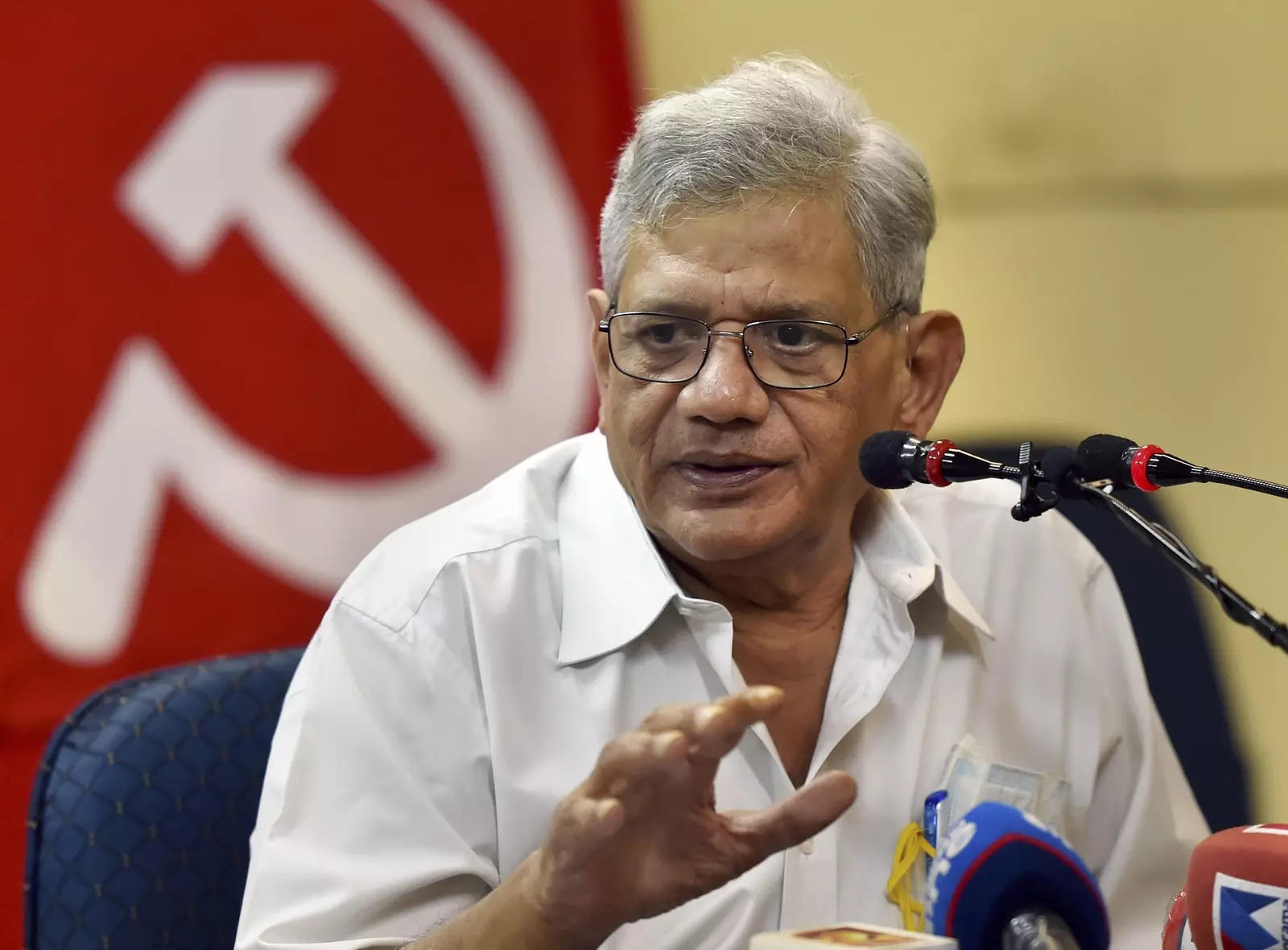#DontKillTheMerit: How Reservation Policies in J&K Are Shaping the Future of Youth
By: Javid Amin
The reservation policy in India, particularly in Jammu and Kashmir (J&K), has been a double-edged sword. While its intent is to uplift marginalized communities, it has also sparked debates about fairness, meritocracy, and the unintended consequences of over-reliance on quotas.
In J&K, the current reservation structure encompasses various categories, offering specific quotas for communities and individuals who face historical and systemic disadvantages. However, for the youth—especially those in the general category—this system often feels like an insurmountable hurdle. The #DontKillTheMerit movement has emerged as a powerful voice advocating for reforms that balance social equity with merit-based opportunities.
The Reservation Policy: A Breakdown
Understanding the reservation policy in J&K requires a closer look at its structure. Here’s an overview:
- Scheduled Castes (SCs): 8% reservation.
- Scheduled Tribes (STs): 10% reservation, including Gujjar, Bakerwal, Gaddi, Sippi, and nomadic tribes.
- Other Backward Classes (OBCs): 4% reservation, covering sub-categories like Backward Classes and Pahari Speaking People.
- Socially and Educationally Backward Classes (SEBCs): 2% reservation for groups like Kashmiri migrants and West Pakistani refugees.
- Physically Handicapped (PH): 3% horizontal reservation.
- Ex-Servicemen (ESM): 3% horizontal reservation.
- Residents of Backward Areas (RBA): 20% reservation for residents of notified backward regions.
- Residents Near the Actual Line of Control (ALC): 3% reservation.
- Economically Weaker Sections (EWS): 10% reservation, targeting economically disadvantaged individuals outside other reserved categories.
What’s Left for the General Category?
The general category, encompassing individuals not falling under any reserved bracket, is left with roughly 46% of the total seats or positions. This figure is derived after accounting for the 54% reserved for other groups.
However, this does not account for additional quotas like sports, cultural, or institutional reservations, which further reduce the opportunities available to general category candidates.
For many, this disparity raises a critical question: Is the current reservation system equitable, or is it stifling opportunities for deserving candidates?
The Creamy Layer Debate
One of the most contentious aspects of the reservation policy is the “creamy layer” issue. This term refers to individuals from reserved categories who have already achieved significant social and economic mobility but continue to benefit from reservations.
This phenomenon has led to:
- Inequity Within Reserved Groups: Genuine beneficiaries often lose out to those in the creamy layer.
- Over-Reliance on Quotas: A culture of entitlement rather than empowerment.
Key Questions to Address
- Should the reservation policy include income and asset-based criteria?
Excluding the creamy layer could ensure that benefits reach those who need them the most. - How frequently are these policies reviewed?
Periodic reviews are necessary to ensure they remain relevant to changing socio-economic conditions. - What mechanisms ensure transparency and accountability?
Monitoring is essential to prevent misuse of reservations.
The #DontKillTheMerit Movement
At the heart of the debate is a call for meritocracy—a system where opportunities are based on talent, hard work, and achievement.
The #DontKillTheMerit hashtag reflects the frustration of many young people who feel overlooked despite their qualifications. Key arguments from this movement include:
- Unfair Competition: Reserved seats reduce opportunities for general category candidates, often leading to overqualified individuals struggling to find jobs or secure college admissions.
- Demotivation: Hard work feels undervalued when merit isn’t the sole criterion.
- Brain Drain: Talented youth opt to leave the region or country in search of fairer systems.
Reservation vs. Meritocracy: Striking a Balance
Reservation policies were never intended to be permanent. They were envisioned as tools to level the playing field. However, in many cases, they have become entrenched, leading to dependency and resistance to merit-based reforms.
Possible Reforms
- Dynamic Quotas: Adjust reservation percentages based on updated socio-economic data.
- Focus on Education and Skills: Empower marginalized groups through quality education and skill development, reducing reliance on quotas over time.
- Income-Based Reservations: Replace caste-based criteria with income thresholds to address the creamy layer issue.
- Merit-Based Opportunities: Gradually increase merit-based seats to encourage fair competition.
Statistical Snapshot
To support the analysis, consider these insights:
- Educational Access: A report by the Ministry of Education highlights that dropout rates among SC and ST students remain higher than the national average, suggesting the need for targeted interventions beyond reservations.
- Employment Trends: Data from the National Sample Survey Office (NSSO) indicates that unemployment rates among educated youth in reserved categories are comparable to those in the general category, raising questions about the system’s effectiveness.
- Economic Impact: A study by NITI Aayog shows that income-based criteria could potentially uplift over 60% of marginalized families currently excluded from reservation benefits.
Stories From the Ground
Take the case of Ayesha, a Kashmiri student who scored high marks but lost her college seat to a lower-ranked candidate from a reserved category. “I worked tirelessly for years,” she says, “but my dreams were crushed by a system that values quotas over merit.”
On the other hand, Sameer, a young man from a remote Gujjar community, credits the reservation system for enabling him to become the first doctor in his village. “Without this support, I would have been a shepherd like my father,” he says.
These stories underscore the complexity of the issue—both the need for reservations and the call for reforms.
Bottom-Line: Moving Toward Equity
The reservation policy in J&K, like elsewhere in India, is a well-intentioned mechanism to correct historical injustices. However, it’s time for a re-evaluation to ensure it serves its purpose without alienating meritorious individuals.
By fostering dialogue, embracing reforms, and prioritizing empowerment over entitlement, we can create a system that balances equity with meritocracy. The youth of J&K deserve no less.



